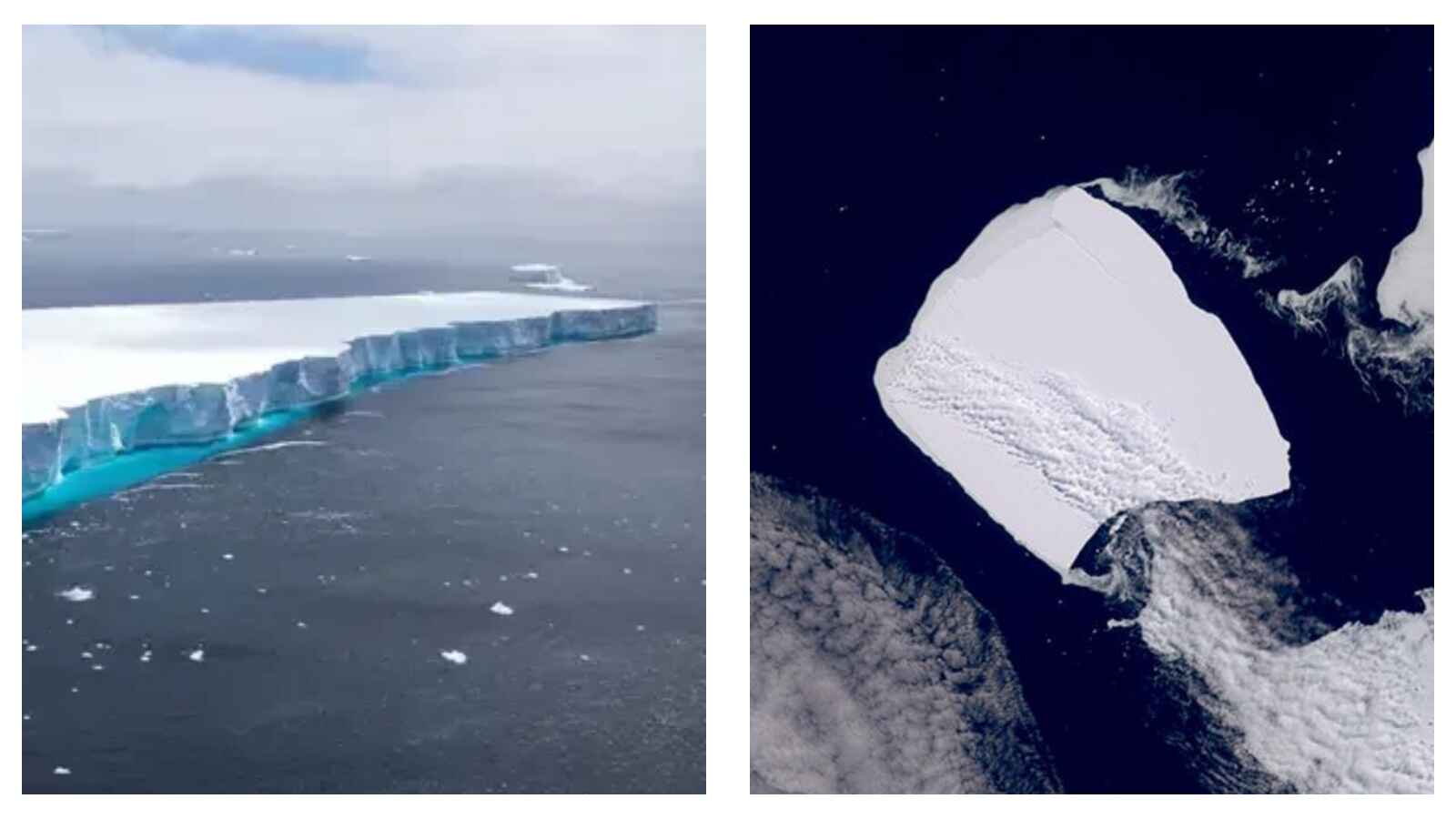By Eugene Nicklaus S. Laqui
Scientists were baffled to see A23a, the world’s largest iceberg, one day reach the shallow part of the British Island of South Georgia after drifting around the Antarctica region for decades, with some expecting that the colossal iceberg would permanently alter the ecosystem of the region.
Land ho!
A23a was seen reaching the shallower region of a remote island of South Georgia through satellite images from the National Aeronautics and Space Administration, and scientists said that the tide could contribute to the slow chipping of A23a’s massive form over the years.
They added that the iceberg, approximately 3,300 square kilometers, is packed with nutrients trapped for centuries that could be useful in enriching the remote island.
This, therefore, could lead to a slow and permanent transformation of the region over the years as the iceberg slowly melts.
Scientists said that the iceberg could affect the millions of macaroni penguins, seals and other species in the area as A23a continues to push into the shallower region of the remote island.
Professor Nadine Johnston of the British Antarctic Survey likened A23 to a “nutrient bomb” that could help make the area more healthy than before, although experts said the phenomenon could also affect the breeding grounds of penguins and seals and their ability to feed.
YOU MAY ALSO LIKE: Environment news: Pacific region takes on fight against climate change

A23a’s more than three-decade journey
The iceberg is believed to weigh a whooping one trillion tons and is comparable to the size of Greater London.
It remained stationed in the Filchner Strait in 1986 then suddenly gained momentum between 2022 and 2024 along the Antarctica Peninsula.
Despite seemingly preserving its form for years, scientists said that some 19km of its chunk broke off in January 2025 but added that it was unlikely the iceberg would cause harm to vessels passing through the area (hopefully there won’t be another Titanic-like event).
Drifting huge icebergs? Perfectly normal, say experts
Scientists explained that it’s normal for smaller chunks of icebergs to break apart and travel across oceans, adding that such events are part of the “life cycle” of any iceberg.
But they also said that the current warming of global temperature could melt icebergs faster and contribute to higher ocean levels in the next decade.
They warned that despite the extreme cold temperatures of Antarctica, the heat caused by excessive human activities had gradually crept into even the most southern region of the planet, causing irreversible damage.
READ NEXT: Island-building in South China Sea destroying reefs, warns think tank
